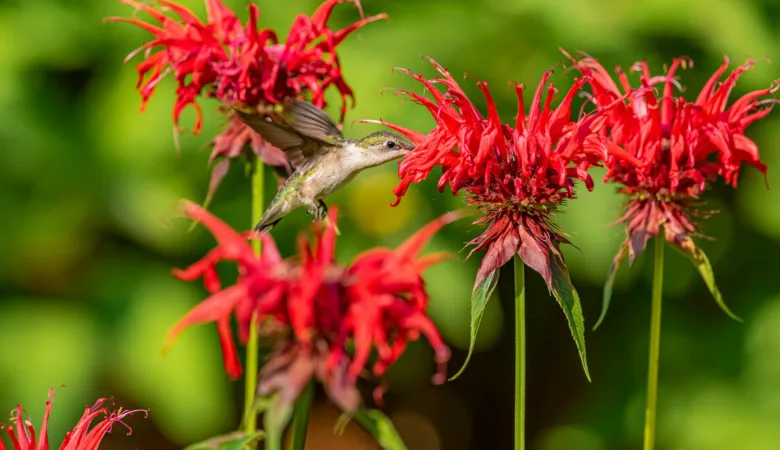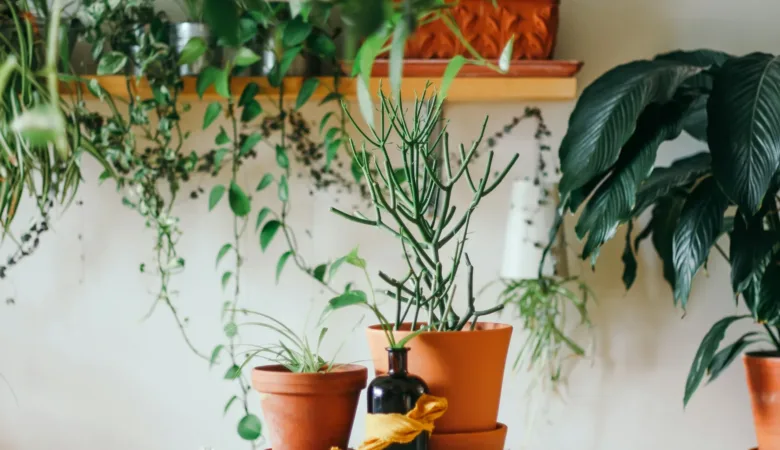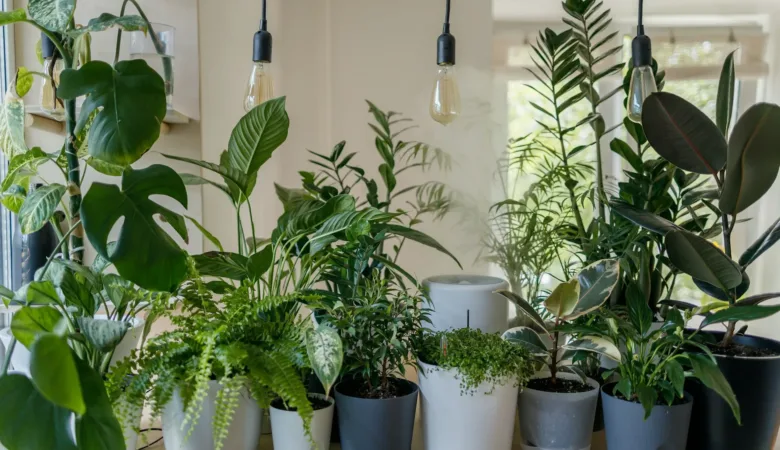Introduction
Welcome to our comprehensive guide on watering your plants! Whether you’re a seasoned gardener or just starting out, proper watering is essential for the health and vitality of your plants. In this article, we will provide you with guidelines and tips to ensure that your plants receive the right amount of water, helping them thrive and flourish.
The Importance of Watering
Watering is one of the most crucial aspects of plant care. Just like humans, plants need water to survive. Water plays a vital role in various plant functions, including nutrient absorption, photosynthesis, and maintaining turgidity, which is the stiffness or rigidity of plant cells.
However, it’s important to strike a balance when it comes to watering. Too much water can lead to root rot and other fungal diseases, while too little water can cause dehydration and wilting. By understanding the needs of your plants and following these guidelines, you can ensure optimal watering practices.
Understanding Your Plants’ Needs
Each plant has different water requirements, so it’s essential to understand the specific needs of the plants in your garden. Factors such as the plant’s species, size, growth stage, and environmental conditions all play a role in determining how much water it needs.
Some plants, like succulents, have adapted to arid conditions and require less frequent watering. On the other hand, plants with large leaves, such as hostas, may need more water to compensate for their higher transpiration rates.
Additionally, consider the soil type and drainage in your garden. Sandy soils drain quickly and may require more frequent watering, while clay soils retain moisture for longer periods.
Watering Techniques
Now that you understand the importance of watering and the needs of your plants, let’s dive into some watering techniques:
1. Deep Watering
Deep watering is the process of thoroughly saturating the soil around the plant’s roots. This technique encourages the roots to grow deeper into the soil, making the plant more resilient to drought conditions.
To deep water your plants, apply water at the base of the plant, allowing it to soak into the soil slowly. Avoid wetting the foliage, as this can promote the growth of fungal diseases.
2. Watering in the Morning
Watering your plants in the morning is generally recommended. This allows the foliage to dry out during the day, reducing the risk of fungal diseases. Watering in the evening can leave the plants damp overnight, creating a favorable environment for pathogens.
However, if you live in a hot climate, it may be beneficial to water in the evening to help cool the plants down.
3. Mulching
Mulching is an excellent technique to conserve moisture in the soil and reduce water evaporation. Apply a layer of organic mulch, such as wood chips or straw, around the base of your plants. This will help retain moisture, regulate soil temperature, and suppress weed growth.
Remember to leave a small gap between the mulch and the plant’s stem to prevent rotting.
Signs of Overwatering and Underwatering
Knowing the signs of overwatering and underwatering is crucial for maintaining the health of your plants. Here are some common indicators:
Overwatering
- Yellowing or wilting leaves
- Mold or fungus growth on the soil surface
- Rotting or mushy roots
- Foul odor
Underwatering
- Wilting or drooping leaves
- Dry and brittle foliage
- Soil that is dry to the touch
- Stunted growth
Tips for Efficient Watering
Here are some additional tips to help you water your plants efficiently:
1. Use a Watering Can or Hose Nozzle
Using a watering can or a hose nozzle with a gentle spray pattern allows you to control the water flow and target the base of the plants. This helps minimize water waste and ensures that the water reaches the roots where it’s needed the most.
2. Monitor the Weather
Pay attention to the weather forecast and adjust your watering schedule accordingly. If rain is in the forecast, you may need to reduce or skip watering to avoid overwatering your plants.
3. Check the Soil Moisture
Before watering, check the soil moisture by inserting your finger into the soil up to the second knuckle. If it feels dry at that depth, it’s time to water. If it still feels moist, hold off on watering for a little longer.
4. Water Newly Planted or Transplanted Plants More Frequently
Newly planted or transplanted plants have not yet established a robust root system, so they require more frequent watering to help them settle into their new environment. Gradually reduce the frequency as they become established.
Closing Remarks
Watering your plants may seem like a simple task, but it requires careful consideration and attention to detail. By understanding your plants’ needs, using the right watering techniques, and monitoring their health, you can ensure that they receive the optimal amount of water to thrive and beautify your garden. Happy watering!













Leave a Reply